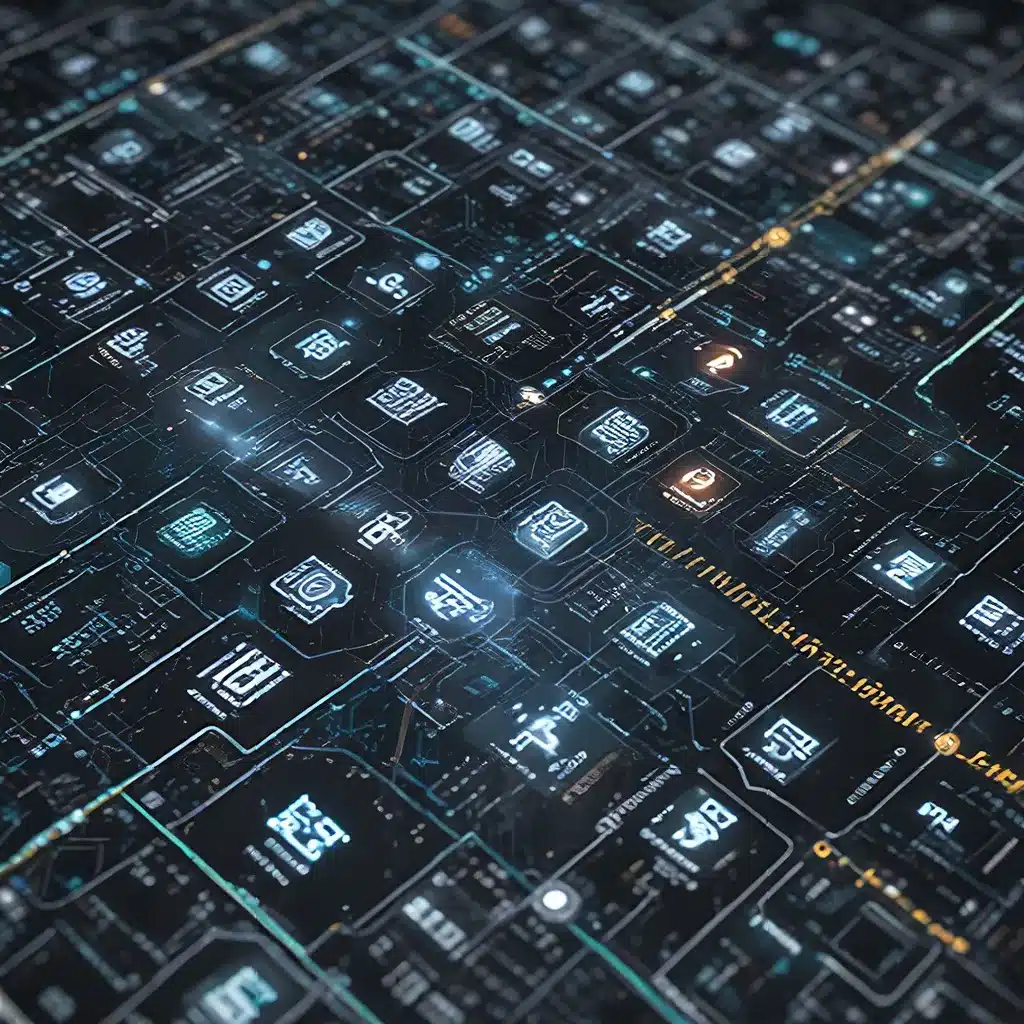
The Power of Combining Sensor Data
In today’s data-driven world, sensors are found in a multitude of applications, from smartphones and autonomous vehicles to industrial control systems. At the heart of these advancements lies the transformative technology of sensor fusion, which integrates data from various sensors to provide a more accurate and comprehensive understanding of the surrounding environment.
Sensor fusion, the process of combining data from multiple sensors, has emerged as a game-changer across diverse industries. By integrating information from sources such as 2D cameras, 3D LiDAR point clouds, radar, and more, sensor fusion unlocks a world of possibilities, particularly in the realm of autonomous mobility. This rich data fusion significantly enhances the performance of various systems by improving their perception, decision-making capabilities, and overall accuracy.
Sensor fusion plays a critical role in enabling autonomous vehicles to navigate safely. For example, cameras can provide detailed visual information about road signs, traffic lights, and other vehicles, while LiDAR and radar offer precise distance and velocity measurements. This multifaceted data enhances object detection, tracking, and classification, ensuring robust safety measures on the road.
In the realm of robotics, sensor fusion enables machines to understand their surroundings more effectively. Drone systems, for instance, face challenges such as obstacle avoidance, flight stability, and task execution like aerial photography or payload delivery. By combining data from multiple sensors, including cameras, IMUs, GPS, and ultrasonic rangefinders, drones can accurately determine object position, orientation, and speed, improving their overall performance.
Transforming Smart Cities with Sensor Fusion
Sensor fusion holds immense potential for revolutionizing the landscape of smart cities. By integrating data from various sensors, this technology can aid in urban planning, infrastructure management, and public safety. Detailed 3D maps derived from sensor fusion provide valuable insights, enabling informed decision-making and facilitating efficient monitoring and maintenance of urban environments.
Beyond mobility and robotics, sensor fusion can enhance the quality of augmented reality (AR) and virtual reality (VR) experiences. By combining data from unobtrusive sensors, such as those that satisfy mobility constraints and environmental requirements, sensor fusion enables users to interact seamlessly with virtual elements overlaid on the physical world.
Sensor Fusion in Agriculture and Environmental Monitoring
Sensor fusion technology also finds numerous applications in the agriculture sector, particularly in optimizing crop management and livestock farming. It enables robots to navigate greenhouses, care for plants, and facilitate efficient harvesting. Distance measurement, crucial in assessing the height of spraying systems above the soil and crops, ensures precise and targeted application. Farmers can utilize sensor fusion to monitor plant density, grass height, growth rate, and feed levels, aiding in informed decision-making regarding mowing and animal nutrition.
Furthermore, sensor fusion plays a crucial role in generating precise geospatial data, empowering decision-makers with valuable insights to mitigate risks and optimize resource allocation. By integrating data from various sensors, more accurate 3D representations of terrain and landscapes can be created, proving invaluable for environmental monitoring, natural resource management, and disaster response efforts.
Ensuring Reliable Sensor Fusion Systems
In industrial settings, sensor fusion can optimize efficiency and safety by combining data from sensors embedded in machinery, such as vibration, temperature, and pressure sensors. This enables early detection of potential failures, allowing for proactive maintenance and minimizing downtime.
However, it’s essential to note that any inaccuracies or errors in the labeled data can propagate through the fusion process, leading to compromised performance and potentially critical consequences in real-world applications. Ensuring high data labeling accuracy is, therefore, crucial to achieving reliable and robust AI systems that can effectively perceive and respond to the surrounding environment.
iMerit, a leading provider of data labeling services, stands out by offering a comprehensive solution for data labeling in sensor fusion. Driven by a tool-agnostic approach, iMerit combines reliable AI-enabled automated annotation with manual precision when needed, adapting to unique project requirements. By working with client tools, in-house tools, and other third-party tools, iMerit ensures that the labeled data accurately represents the real-world environment, empowering the development of robust and reliable sensor fusion systems.
Throughout the project lifecycle, iMerit’s subject matter experts offer guidance and support, from project preparation to execution, and leverage real-time analytics to optimize performance and deliver valuable data insights for edge case resolution. This commitment to quality and expertise sets iMerit apart as a trusted partner in the sensor fusion ecosystem.
The Boundless Potential of Sensor Fusion
The potential of multi-sensor fusion data is truly boundless, transforming industries and unlocking new possibilities. From autonomous vehicles ensuring safer transportation to smart cities enabling efficient urban planning, the fusion of diverse sensor data provides richer information and enhanced capabilities.
Embracing sensor fusion technology opens the doors to innovation and enables us to harness the true power of data in a rapidly evolving world. At iMerit, we excel at multi-sensor annotation for camera, LiDAR, radar, and audio data for enhanced scene perception, localization, mapping, and trajectory optimization. Our teams use 3D data points with additional RGB or intensity values to analyze imagery within the frame, ensuring that annotations have the highest ground-truth accuracy.
As the sensor fusion landscape continues to evolve, the opportunities for transformative advancements across various industries are vast. By combining data from multiple sensors, we can unlock unprecedented insights, improve decision-making, and drive the future of technology forward. Sensor fusion is not just a vision – it’s a reality that is shaping the way we interact with and understand our world.